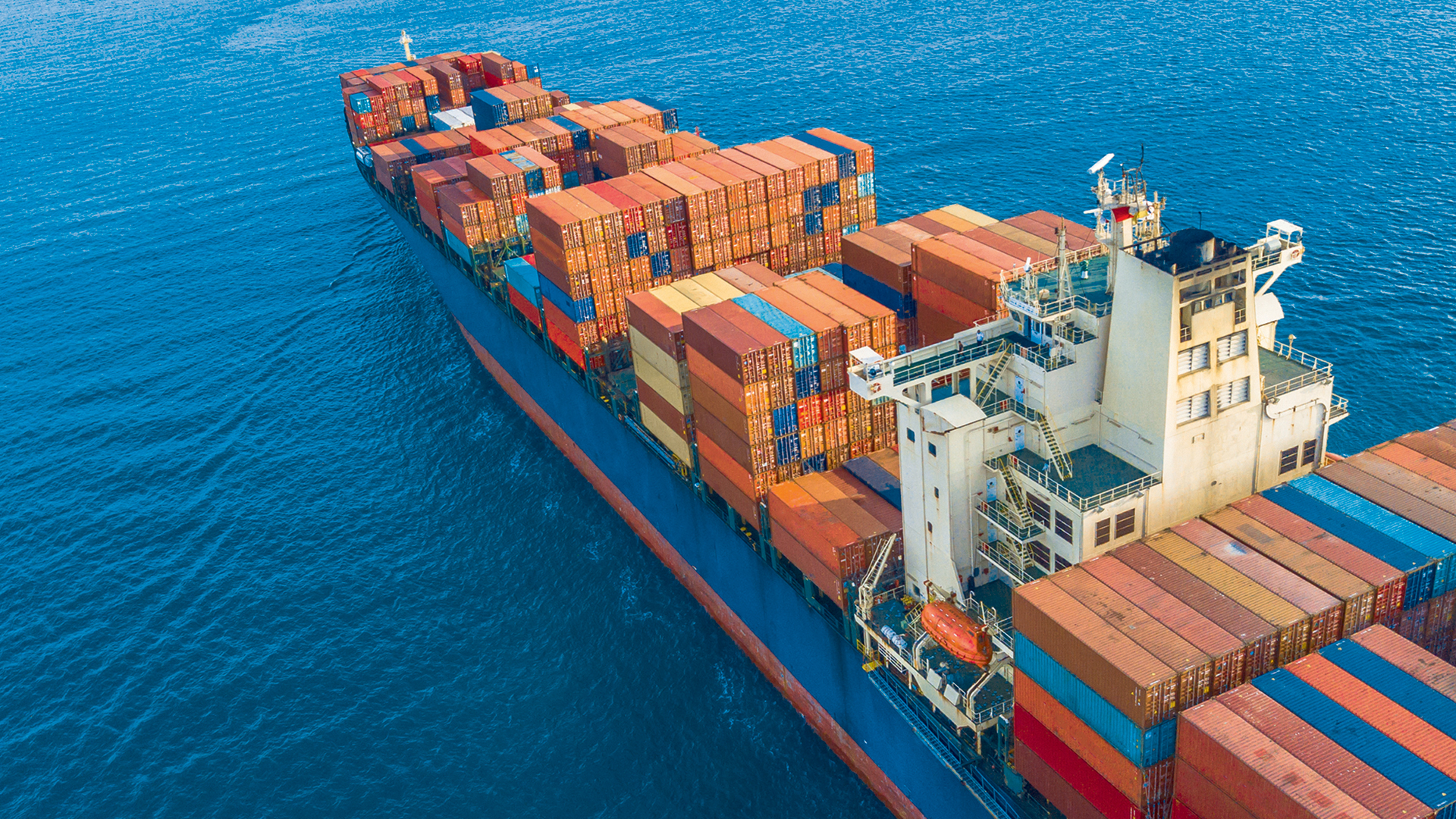Introduction
With the MARPOL regulations implementing the Carbon Intensity Indicator (“CII”) regime entering into force on January 1, 2023, there has been increasing interest in recent months in the potential impact of the regulations on charterparties and, in particular on long term time charters.
Shipowners and charterers currently negotiating future long-term fixtures, or re-negotiating existing ones, aim to set out a working framework within their charters to deal with the requirements of the regime, and apportion the burden that will invariably come with it. A vessel’s capabilities, traditionally seen as falling within the shipowners’ ambit of responsibilities, is only one aspect influencing its CII performance and rating, and is arguably not the most important one. The key determiner of the CII rating for a vessel will be the vessel’s day-to-day operation which is, in the context of time chartering, squarely within the charterers’ control. This may bring a fundamental change to the relationship between shipowner and charterer, and to the charterparty terms they agree. There will need to be a higher degree of co-operation and trust to achieve the best rating for the vessel, which will be in both owner’s and charterer’s interest.
A better CII rating may be of some benefit to the shipowner when it re-fixes the employment of the vessel, as well as ensuring that the vessel will avoid the scrutiny from flag and port state control for vessels with D or E ratings. Maintaining a good CII rating will benefit the charterer, as it's expected that consumers will increasingly want to use the more efficient ships. In addition, ships with better CII ratings will use less fuel which in turn will reduce the number of allowances that a charterer will have to fund to comply with emissions trading schemes such as the EU ETS.
Different market operators are taking different approaches to tackling CII implementation in their time charters, and we are seeing significant differences in approach – from a constructive and positive dialogue, to a “head in the sand” approach. The publication of BIMCO’S long awaited CII clause for time charters has been welcomed by many, but it seems unlikely that it will be accepted in an un-amended form to all operators. Other clauses are circulating in the market, or in particular markets. From this, a few themes are emerging from the ongoing negotiations but, unfortunately, these are not without their challenges.
Exchange of information
Keeping track of a vessel’s performance, especially fuel consumption, and monitoring its trading patterns, are crucial to calculating, forecasting, and where necessary taking measures to control, her CII rating. Accordingly, shipowners and charterers are increasingly requiring in their contracts that the shipowner will be transparent about the vessel’s performance during term of the charter, and that the charterer will keep the shipowner appraised, insofar as possible, regarding its trading plans.
It is difficult to envisage a meaningful and effective agreement concerning the CII regime which does not require a continuous and real time exchange of information and analysis, particularly regarding the vessel’s fuel consumption and upcoming itinerary. However, contemplating such flow of information is a source of unease for some market participants who are used to keeping such information private. Whereas the requirement for the shipowner to provide regular updates and supply information has been common in some sectors of the industry for a long time and many shipowners are content to abide by it, this kind of transparency may be unpalatable in other areas. Similarly, a charterer who tends to trade vessels in the “spot” market may have little, if any, visibility as to where it will be ordering the vessel, and will have no appetite to limit its ability to “play the market” by agreeing to terms that limit this flexibility. This type of charterer, unlike those involved in the liner trade for example, will be unable to keep the shipowner informed in advance of its trading plans.
Obligations and rights
Upon delivery
Time charters invariably contain a description of the vessel’s characteristics and capabilities, which the shipowner is normally held to warrant to the charterer. In addition to the capabilities commonly represented by shipowners, such as the vessel’s speed and consumption at defined weather conditions, some charterers have started seeking assurances from shipowners as to the vessel’s notional CII rating at the time of its delivery under the charter. In the case of newbuilds, some charterers have requested a warranty that the vessel is capable of achieving and maintaining a certain level of CII rating, if “operated in the normal course of business” or “in standard trading”. In both instances the rating normally sought is a “C or better”.
The obvious challenge with a warranty (for existing vessels) as to the vessel’s notional CII rating on delivery is that the shipowner may have difficulty in ensuring the requisite rating, as this will be dependent on the way in which the previous charterer operated the vessel. In order to be confident that the vessel can meet the required rating, the vessel’s previous charter must either end sufficiently in advance of the charter, or should allow the shipowner the right to limit the itinerary so as to achieve requisite rating by the start of the next charter. In practical terms, other than possibly in cases of marginally negative rating, it is unlikely that a limited number of ballast voyages will greatly improve the vessel’s CII performance. A warranty of this sort may be of limited value for newbuilds, in view of how widely the requirement seems to be couched: it would be surprising if any vessel currently under construction would not be able to achieve and maintain a “C” rating in “standard trading” conditions.
In practice, some charterers will not be overly concerned at the rating of a vessel on delivery, in view of the fact that it is mainly reflective of how the vessel was operated previously, rather than any of the vessel’s technical characteristics. However, it is equally likely that for many vessels, a poor CII rating will have a negative effect on the rate that a charterer offers.
During the currency of the charter
The requirement to consistently attain a specified CII rating (typically a “C” or better) during the currency of the charter period is perhaps the only common feature among all CII clauses in time charters. How this is achieved varies from charter to charter, depending on the bargaining power of the parties.
Charterer-friendly clauses seek to avoid curtailing the charterer’s freedoms. These contemplate some sort of negotiation, whereby the shipowner has to give the charterer a long period of notice if the vessel’s CII rating declines, or is expected to decline towards the end of the calendar year, in order to obtain permission to take the vessel off-hire to improve its CII rating. Where the charterer’s permission is not forthcoming, the charterer may be required to indemnify the shipowner for its loss as a result of its vessel being downgraded, although how such loss can be calculated will not be straightforward and may likely be the subject of many disputes.
Shipowner-friendly provisions tend to place the burden on the charterer insomuch as possible, by requiring it to trade the vessel in a manner which does not adversely affect its CII rating. In addition, the shipowner will have the ability to interfere with the charterer’s instructions whenever necessary to prevent the vessel’s CII rating from deteriorating, or to bring it back on track. Time and cost while the shipowner is doing so are for the charterer, as if the trading was for its own account, and any charter terms that would be breached by the shipowner’s exercise of these rights, such as the obligation to proceed with due despatch, are suspended. In order to protect the shipowner when taking measures to improve the vessel’s CII rating against any bill of lading holders, an obligation is imposed on the charterer to ensure that the same rights are afforded to the carrier by all bills of lading issued pursuant to the charter. Despite the extensive rights granted to the shipowner, the charterer may have to indemnify the shipowner in the event that the vessel’s CII rating is downgraded, unless the downgrading can be attributed to the shipowner’s fault. These are novel requirements and often coupled with a requirement for the parties to work together in good faith. Whilst many parties will co-operate in good faith, it is conceivable that many will not and disputes may arise as a result. Consequently a well drafted, well thought through charterparty clause which is tailored for the particular trade, vessel and counterpart, is going to be crucial.
Loss
The notion of “loss” invariably figures in clauses requiring the maintenance of a specified annual CII rating for the vessel but it is unclear how any such loss will be quantified, and what it could entail. In particular, the upcoming regulations do not, at present, provide for fines for underperforming vessels, and positive corrective action will only become necessary for inferior performing vessels. The market may well adopt its own measure of what a “C” rated vessel is worth, compared for example to a similar vessel which is “D” rated, but if so, would it be possible to calculate the loss for failing to maintain a certain CII rating? If it can, would it be appropriate to hold a shipowner liable for its charterer’s diminished earnings for the whole year, until the vessel is restored to her previous/agreed rating? Conversely, would it be possible for a shipowner who misses out on a lucrative contract on redelivery due to its vessel’s rating, to claim against its previous charterer for its loss? It may be that the market ignores the CII rating completely as by the time it is published, it is out of date. Parties may become inclined to rely on current efficiency figures, as produced by the data monitoring onboard, as a true measure of the efficiency of the vessel and its value.
Conclusion
No one would pretend that CII is a perfect solution to the decarbonisation challenge faced by the industry – but in the absence of other options and a difficulty in reaching consensus on other solutions, such as market based mechanisms, the IMO has at least taken steps that have concentrated minds on trying to improve the efficiency of ships. The practical reality that such efficiency depends both on the vessel itself and the operation by shipowners and charterers makes implementation very challenging. Parties may have to reconsider long-held entrenched notions and approaches if they are to reach workable arrangements. Many parties may choose to “kick the can down the road” as they see no port or flag state penalty for failing to maintain CII for the time being, but the market may oblige shipowners and charterers to reconsider that view over time. The exact ramifications of these arrangements may only become clear in the future, but as with most contractual negotiations, it is the party with the greatest bargaining power that will be the most protected.






